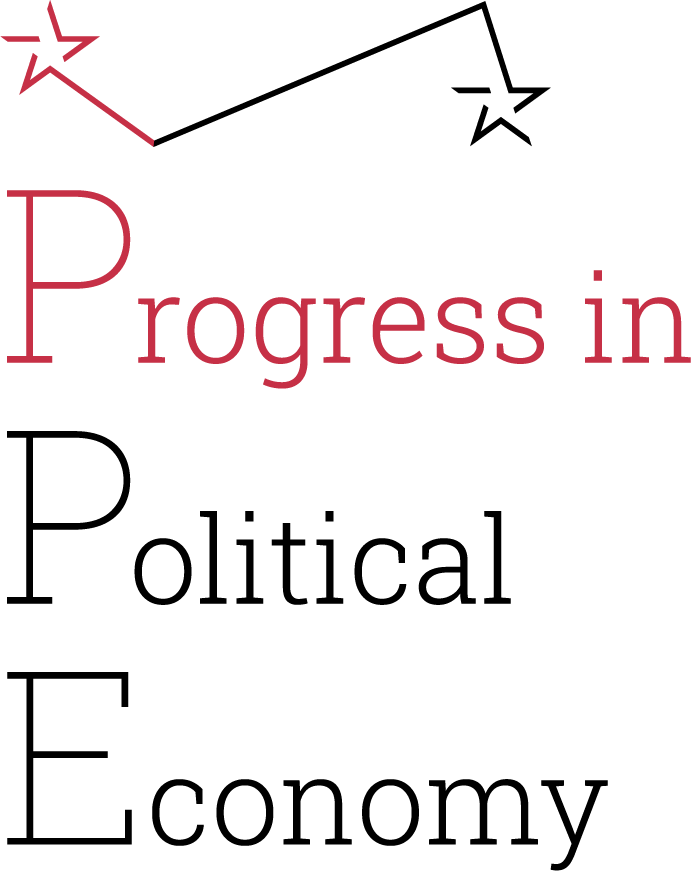The State of the Revolution
Chris Hesketh | September 23, 2025
First post of a new forum on Rowan Lubbock's book Cultivating Socialism, which focuses on how peasants, workers, and states attempted to redress the inequities of commercial agriculture across the Latin American region through the Bolivarian Alliance for the Peoples of Our America (ALBA).
043













